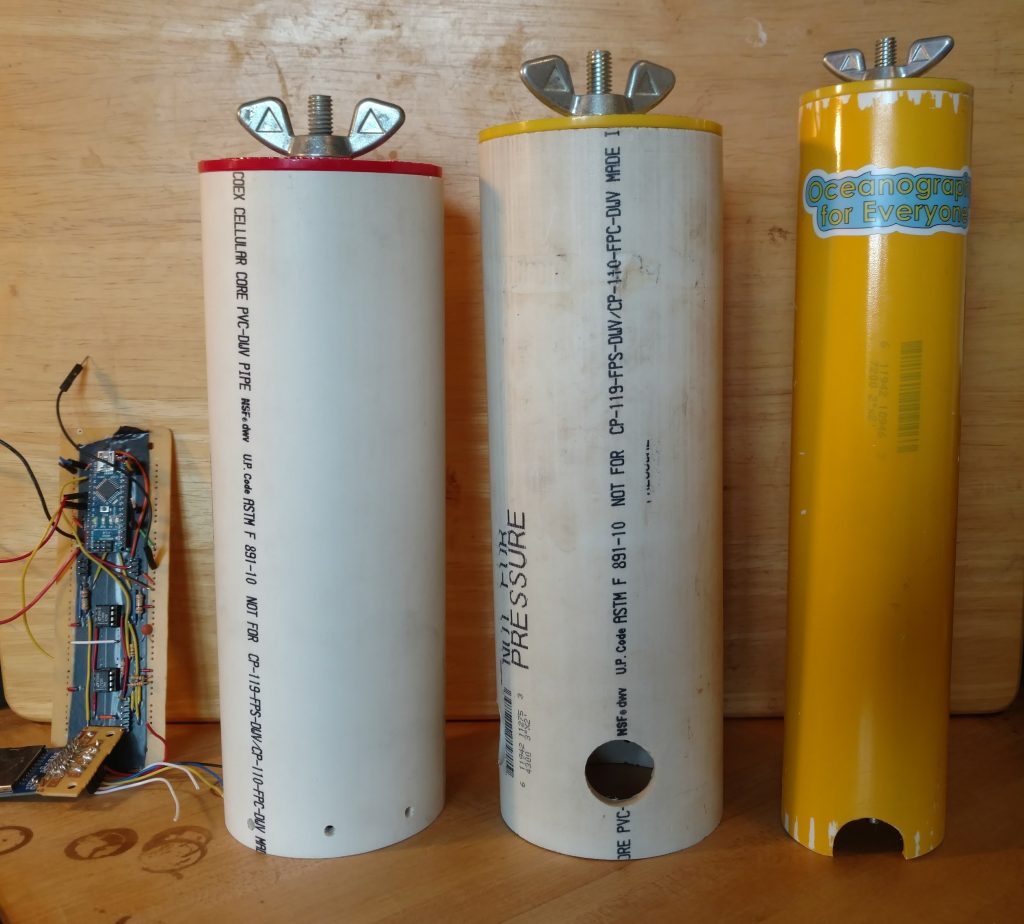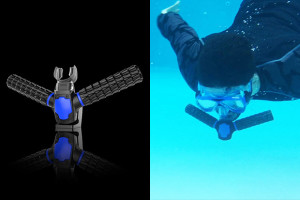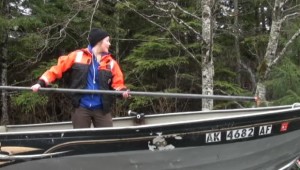
It’s been over five years since Kersey Sturdivant and I launched Oceanography for Everyone – The OpenCTD, my first attempt at crowdfunding science. Over the years, that initial effort has grown into Oceanography for Everyone, a community of researchers, educators, and citizen scientists, and has created new open-source tools for open-source, open-science hardware. The OpenCTD is the finest oceanographic instrument that you can build in your own home for less than $300.
The crowdfunding campaign was a total disaster.
Since then, I’ve written several articles on how scientists can launch and managed crowdfunding campaigns:
- Can Crowdfunding Fill the Science Funding Gap?
- Setting Up Your Crowdfunding Campaign
- Managing a Successful Crowdfunding Campaign
…but I’ve never written explicitly about what we did wrong during that campaign and how it impacted our success. Now that the final reward from that campaign has been delivered (yes, five years later, talk about the eternally delayed crowdfunding campaign), it’s the right moment to look back and think about how everything went so wrong.
I went with lesser-known platforms. We launched the OpenCTD on RocketHub. At the time, RocketHub was hosting the #SciFund Challenge, a campaign to encourage scientists to launch science crowdfunding campaigns. Both the #SciFundChallenge and RocketHub were relatively small players in the nascent crowdfunding world. RocketHub doesn’t even appear to do crowdfunding anymore, they’ve pivoted to a “social network for entrepreneurs”. The old OpenCTD campaign page is long deprecated. #SciFund Challenge’s website hasn’t been updated in almost half a year.
Here’s the thing with crowdfunding, and especially crowdfunding in the early days: There are two dominant communities that you can rely on. There’s the community of people who want to support what you’re doing and there’s the community of people enamored with the idea of crowdfunding. Being a crowdfunding “investor” is a hobby in and of itself and many of the biggest donors are people who support dozens of different campaigns. So the larger and more popular the platform, the more crowdfunding enthusiasts you’ll attract. Heck, since backing the very first OpenROV, I’ve backed 23 other projects on Kickstarter, most recently Public Lab’s Balloon Mapping kits.
By going with RocketHub, I committed our campaign to a smaller potential audience. Considering Kickstarter was garnering huge press at the time, this was a near-fatal mistake.
Read More “The many, many ways I screwed up my first science crowdfunding campaign.” »

 Comprehensive Conservation of Southern Resident Killer Whales in the Modern Ocean
Comprehensive Conservation of Southern Resident Killer Whales in the Modern Ocean Whale snot and blubber: Tools used to better understand basic physiology in free ranging cetaceans
Whale snot and blubber: Tools used to better understand basic physiology in free ranging cetaceans